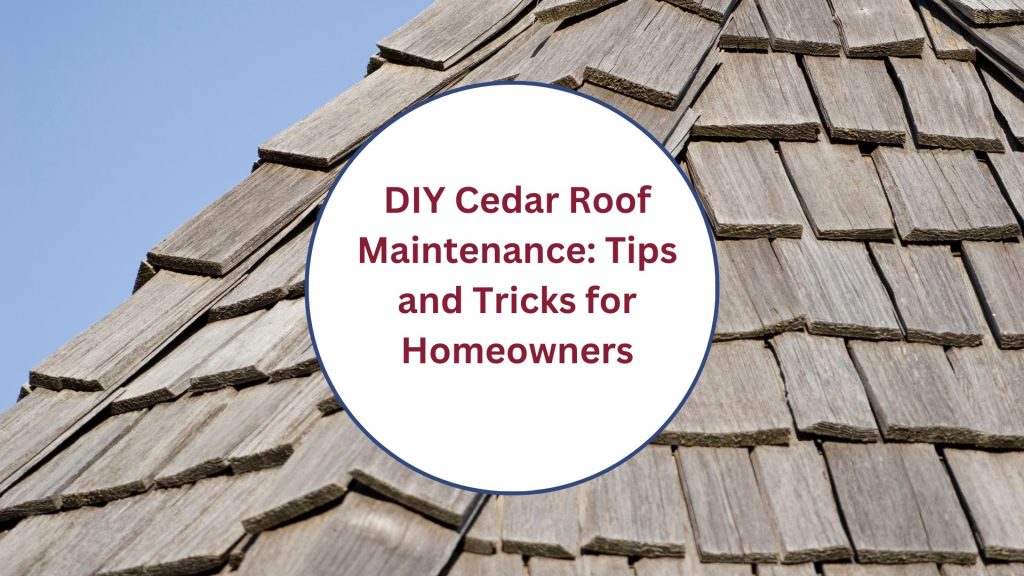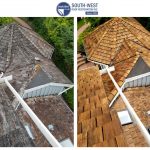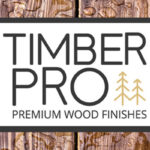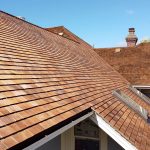Maintaining a cedar roof is essential for preserving its natural beauty and ensuring long-term durability. While professional maintenance services are valuable, there are several DIY tasks that homeowners can undertake to keep their cedar roofs in optimal condition. In this blog post, we’ll share practical tips and tricks for DIY cedar roof maintenance, empowering homeowners to take proactive steps in caring for their roofs.
Regular Inspections:
Performing regular inspections is the foundation of cedar roof maintenance. Schedule inspections at least twice a year, ideally in the spring and fall, to assess the condition of your roof. Look for signs of damage such as cracked or missing shingles, moss or algae growth, and areas of discoloration. Addressing issues early can prevent costly repairs down the line.
Clear Debris:
Keep your cedar roof free of debris such as leaves, branches, and pine needles. Accumulated debris can trap moisture and promote the growth of moss and algae, leading to damage and decay. Use a soft-bristled broom or leaf blower to gently remove debris from the roof surface, taking care not to damage the cedar shakes or shingles.
Clean Gutters:
Clogged gutters can prevent proper drainage, leading to water buildup and potential water damage to your cedar roof. Clean gutters and downspouts regularly to ensure that rainwater can flow freely away from the roof. Use a gutter scoop or trowel to remove debris, and flush the gutters with water to ensure they are clear and functioning properly.
Trim Overhanging Branches:
Overhanging branches can pose a risk to your cedar roof, especially during windy conditions or storms. Trim back branches that hang over the roof to prevent them from scraping against the cedar shakes or shingles and causing damage. Additionally, trimming branches can reduce the amount of debris that falls onto the roof, minimizing the risk of moss and algae growth.
Treat and Seal:
Applying a protective treatment and sealant to your cedar roof can help prolong its lifespan and enhance its resistance to moisture, UV rays, and environmental damage. Choose a high-quality cedar roof treatment and follow the manufacturer’s instructions for application. Apply the treatment in dry, moderate weather conditions for best results.
Monitor for Signs of Damage:
Keep an eye out for signs of damage or deterioration between inspections. If you notice any issues such as loose or damaged shingles, water stains on the ceiling, or signs of mold or mildew growth in the attic, address them promptly. Ignoring damage can lead to more extensive repairs and compromise the integrity of your cedar roof.
In conclusion, DIY cedar roof maintenance is an essential aspect of preserving the beauty and longevity of your roof. By performing regular inspections, clearing debris, cleaning gutters, trimming overhanging branches, treating and sealing, and monitoring for signs of damage, homeowners can ensure that their cedar roofs remain in top condition for years to come. For professional assistance or to schedule a roof inspection, contact South-West Roof Restoration Inc.







